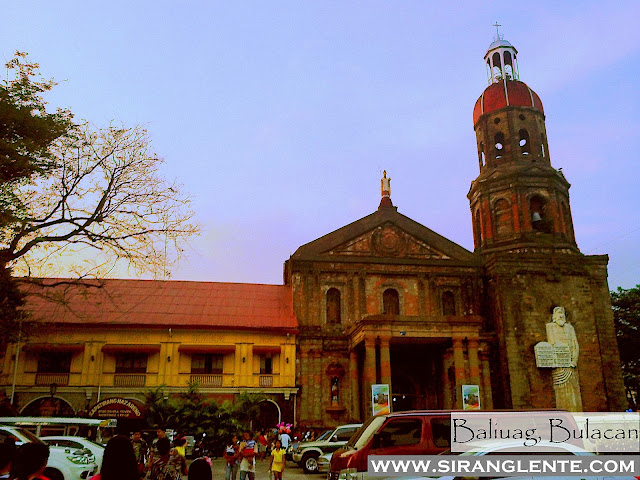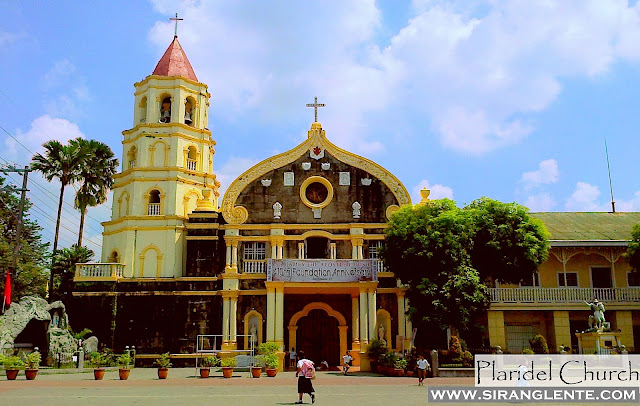
About Roxas City, Capiz
Roxas City is the capital of Capiz Province – the “Seafood Capital of the Philippines” in Western Visayas. If you are on Panay Island, it is highly recommended that you visit this rich city to witness and experience the heritage sites of the modern generation. Also, the province has the most controversial and awaited annual festivity in the Philippines – the “Aswang Festival.” Politically, the city is prominent because it is the hometown of the late Philippine President Manuel A. Roxas.







